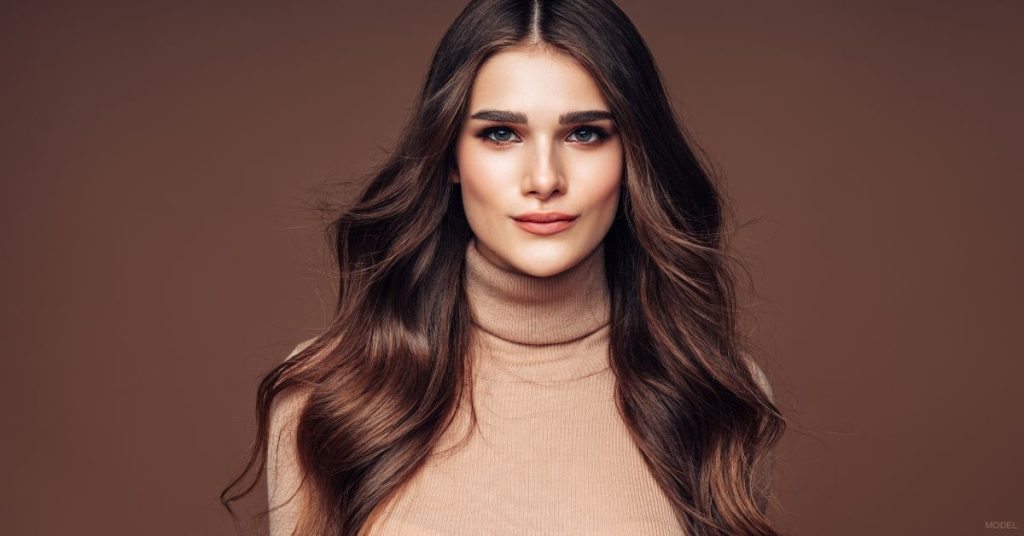Social media is buzzing with posts about “prejuvenation” aesthetic treatments—anti-aging cosmetic procedures that people in their 20s and early 30s get to stop wrinkles before they develop. One of the most popular treatments is “preventative BOTOX” injections. This trend has prompted many patients at our dermatology practice to ask if BOTOX can actually prevent the development of wrinkles and at what age should you start getting BOTOX.
Even though the majority of patients getting BOTOX injections are women in their 40s, an increasing number of younger women and men are starting BOTOX treatments. According to a report from the American Society of Plastic Surgeons (ASPS), more than 810,000 people in their 30s got BOTOX injections in 2020. That’s about 18% of the total number of BOTOX treatments performed in the U.S. that year.
As 20-something influencers on YouTube, TikTok, and other platforms continue to post testimonials about the wonders of BOTOX, we’ll likely continue to see younger first-time BOTOX patients. The question becomes can you be too young to start the treatment?
How Does BOTOX Work?
Before answering that question, it’s important to understand how BOTOX minimizes wrinkles at any age. The active ingredient in BOTOX (and competitors such as Dysport® and XEOMIN®) limits muscle movement at injection sites by blocking signals sent from the nervous system. Certain types of wrinkles—called expression lines—gradually develop when faces change expressions. Squinting, frowning, appearing surprised, smiling, and numerous other ways our faces express our feelings create lines and wrinkles over time.
Stopping Wrinkles Before They Start
If BOTOX erases wrinkles by relaxing the muscles responsible for their formation, can you prevent them from forming using the same logic? Yes, but it’s really more accurate to say getting BOTOX at an early age can delay the development of wrinkles such as crow’s feet, vertical worry lines, and horizontal forehead wrinkles. At some point, your skin succumbs to gravity and the skin’s aging process.
Although there is little research documenting the long-term effect of BOTOX, a 2006 study reported on identical twins over 13 years. One of the twins received regular BOTOX injections, while the other did not. The twin treated with BOTOX did not have wrinkles in the injection areas. Her sister developed lines in those areas.
“Long-term treatment with BOTOX can prevent the development of imprinted facial lines that are visible at rest,” the study concluded.
Is There a Downside to Starting BOTOX in Your 20s?
The safety of BOTOX is well-documented. Complications are extremely rare, especially when you choose a board-certified dermatologist to perform the injections. There is no specific age at which you should start BOTOX injections (it’s approved by the FDA for people 18 and older), but the late 20s is when you may see the first signs of wrinkles. Starting much earlier may not provide much benefit and can be costly. (You can read more about the cost of BOTOX in an earlier blog post.)
A daily skincare regimen using quality products, including applying broad-spectrum sunscreen every day, is an excellent way to prevent the early onset of signs of aging.
Talk to a Dermatologist
Injectors should use BOTOX conservatively for younger patients. If used sparingly at the first signs of aging, less BOTOX is needed as you get older because the muscles have been inactive. First-time BOTOX patients at Dallas Center for Dermatology and Aesthetics can ask one of our board-certified dermatologists if they’re a good candidate for the treatment. Request a consultation using the online form or call us at (214) 631-7546.


Leave a Reply